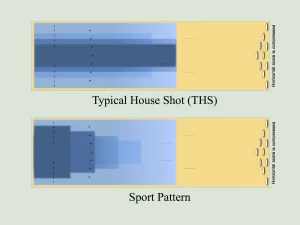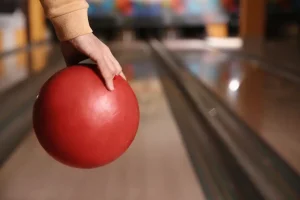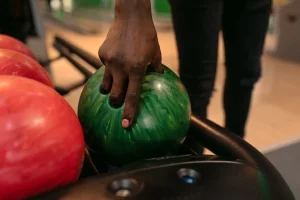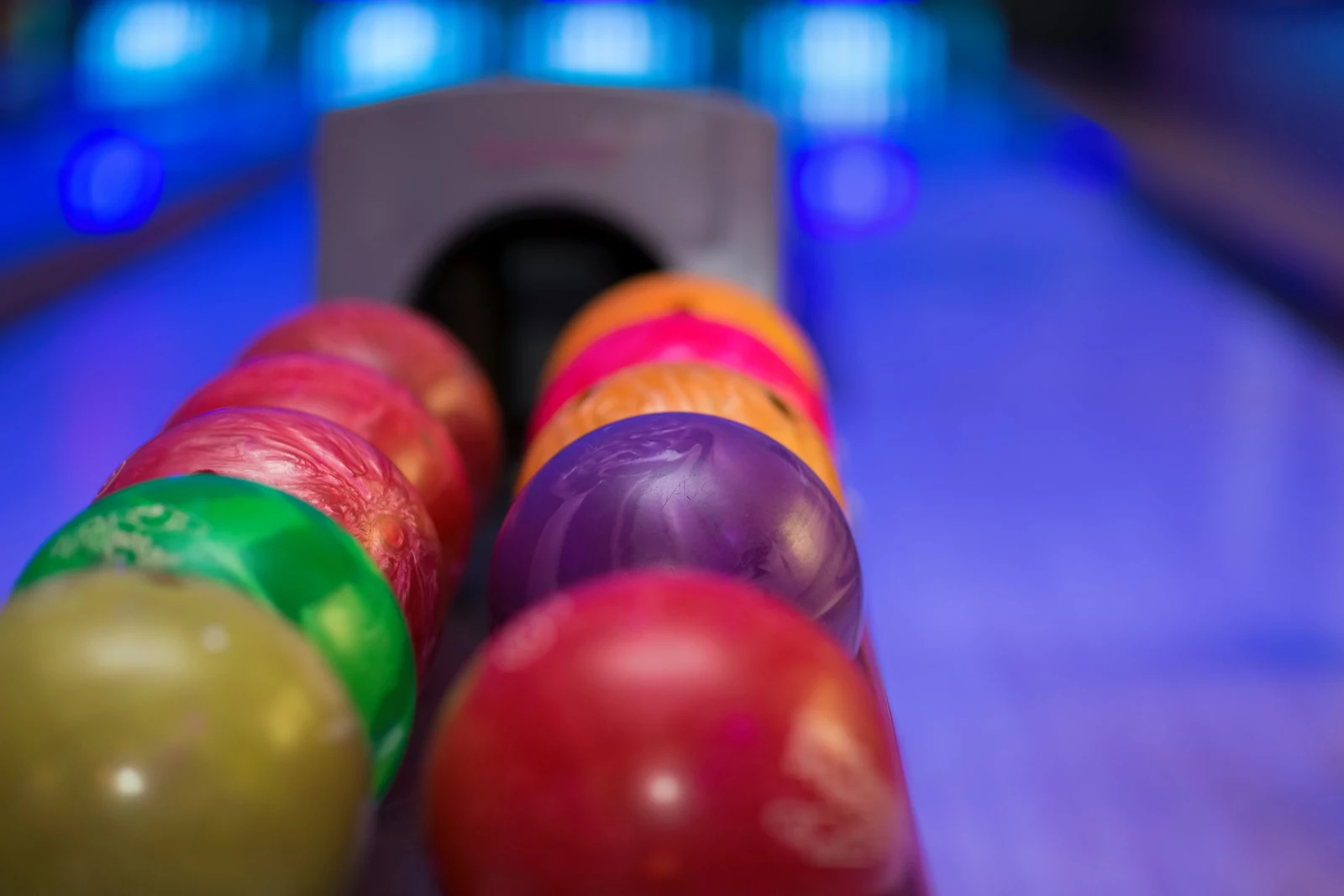So, you’ve decided to venture into the world of bowling, huh? That’s fantastic! But wait, you’re not planning on using those worn-out, generic bowling balls at the alley, are you? Trust us, you deserve your own shiny, high-performing ball that can drastically enhance your game. Let’s dive right in to upgrade your bowling experience from ‘just playing’ to ‘total slaying’.

Contents
- What Exactly is A House Shot?
- House Shot Oil Pattern vs Normal Patterns
- Mastering the House Shot as a Beginner
- Why are Reactive Resin or Urethane Balls Great for House Shots?
- Factors to Consider When Choosing a Bowling Ball for a House Shot
- Common Mistakes to Avoid in a House Shot
- Tips and Tricks from Experts!
- Final Words
What Exactly is A House Shot?
House Shot, or House Pattern, is the most common oil pattern you’ll find in most bowling alleys. The oil is applied heavier in the middle of the lane and lighter towards the outside edges. This pattern allows the ball to hook back to the center if you throw it a little too wide, making it easier for beginners to knock down more pins.

House Shot Oil Pattern vs Normal Patterns
‘Normal Patterns’ refer to the various other oil patterns you might encounter, such as Sports or Tournament Patterns. These patterns are typically more challenging and less forgiving than your friendly House Shot.
In a House Shot, the oil is heavier in the middle and lighter on the outside, making it easier for your ball to find its way back to the center, even if your throw is a wee off. This is called a ‘drier outside, oilier inside’ pattern, or for the pros out there, a ‘crown’ pattern.
Normal Patterns, like sport or tournament patterns, distribute oil more evenly across the lane or in complex patterns, making it less forgiving. If you throw your ball wide, it’s likely to stay there, resulting in less pin action.
Mastering the House Shot as a Beginner
Focus on the basics – your stance, approach, and release. Consistency is key in bowling, so aim for smooth and repeatable movements.
Understand the lanes: The House Shot oil pattern is designed to help your ball find its way back to the center. Keep in mind that oil patterns can change over time. Stay observant and adjust your throws accordingly.
Choose the right bowling ball: A ball with the appropriate weight and coverstock (the outer surface) can work wonders in a House Shot environment. Reactive resin or urethane balls, known for their excellent hook potential, are a great starting point.

Why are Reactive Resin or Urethane Balls Great for House Shots?
Reactive resin and urethane balls are excellent choices for House Shots due to their impressive hook potential.
Reactive resin balls have a porous coverstock that allows them to grip the lane and create a significant hook, making them ideal for the oil pattern of a House Shot.
Urethane balls offer more control with a smoother curve. They don’t hook as aggressively as Reactive resin balls but provide reliable and predictable ball motion on the lane. This makes them a great choice for beginners still mastering their throws.
Factors to Consider When Choosing a Bowling Ball for a House Shot
1. Weight: Select a bowling ball that’s comfortable for you to handle. A good rule of thumb is to choose a ball that’s approximately 10% of your body weight
2. Coverstock: Reactive Resin or Urethane balls are recommended due to their impressive hook potential and control on the lane.
3. Lane conditions: House shots have a distinct oil pattern, heavier in the middle and lighter on the outside. An aggressive hook potential ball, such as a Reactive Resin ball, can leverage this advantage.
Or just ask the professionals at your local bowling pro shop. They have the experience and knowledge to help you select a ball that best suits your style and the House Shot lane conditions. It’s always a good idea to get insight from those who are in the thick of it!

Common Mistakes to Avoid in a House Shot
Avoiding certain pitfalls can significantly improve your performance on a house shot. Here are some common missteps to avoid:
1. Ignoring the Oil Pattern: The house shot oil pattern is your friend, designed to help your ball find its way back to the center. Ignoring this pattern might see you missing more pins than you’d like.
2. Inconsistent Approach: Inconsistency in your approach – your steps, swing, and release – can result in an erratic ball path. Practice a smooth and repeatable approach for better results.
3. Not Adjusting to Changing Lane Conditions: During a bowling session, the oil pattern changes as the balls roll down the lane. If you don’t adjust your throw, the ball might behave in unexpected ways.
- Ignoring advice from the pros.: The professionals at your local bowling pro shop can provide valuable advice based on their experience. Don’t hesitate to ask for their insight – it could be the difference between a strike and a gutter ball!
Tips and Tricks from Experts!
You’ve got the basics down, so let’s take your game to the next level with a few tips and tricks from bowling experts:
1. Watch and Learn: When not bowling, take the opportunity to watch others, especially those with skills you admire. You can learn valuable techniques and strategies just by observing.
2. Be Patient: Bowling is about precision and timing. Don’t rush your approach or release.
3. Make Use of the Arrows: The arrows on the bowling lane serve as a helpful guide for directing your ball. Many bowlers aim for the second arrow from the right for a right-hand hook (or the second arrow from the left for a left-hand hook).
4. Don’t Be Afraid to Experiment: Every bowler is unique, with different styles, approaches, and release techniques just bowl and find what works best for you!

Final Words
And there you have it! With these tips and tricks up your sleeve, you’re ready to ace your next House Shot. Remember, the key to becoming a bowling pro is practice, patience, and persistence. Don’t be afraid to experiment, learn from your mistakes, and most importantly, have fun!

Allow me to introduce myself – I’m Eric Wilkinson, a true bowling aficionado. The world of bowling culture has always fascinated me, and I’ve made the exciting decision to share my passion through writing. As I embark on this blogging adventure, my goal is to provide fellow enthusiasts with valuable insights, tips, and captivating stories. Through my blog, I hope to ignite a deeper appreciation for the sport and foster a sense of community among fellow bowlers. Join me on this thrilling journey as we explore the vibrant world of bowling together.
